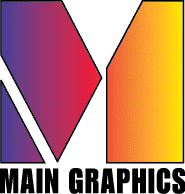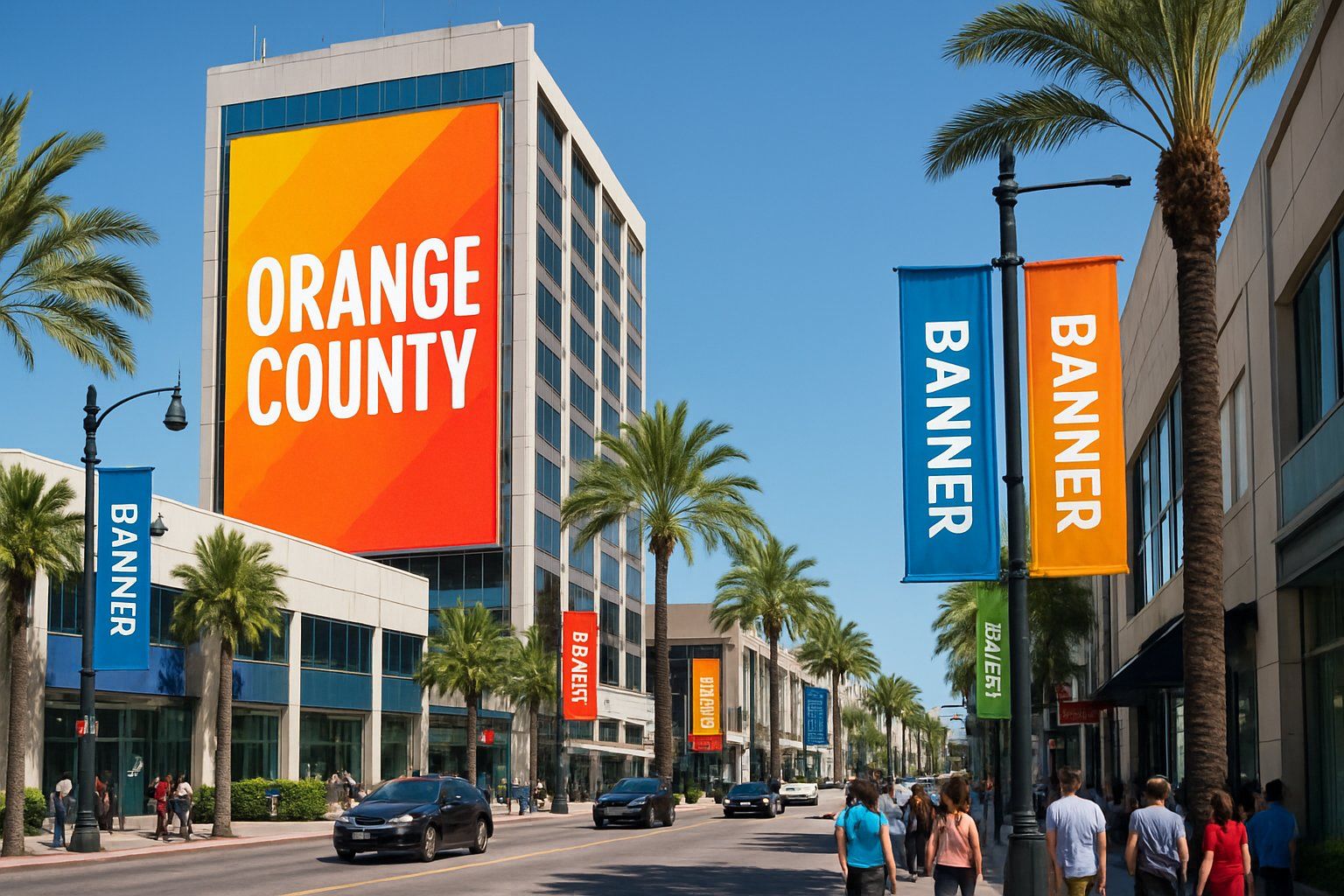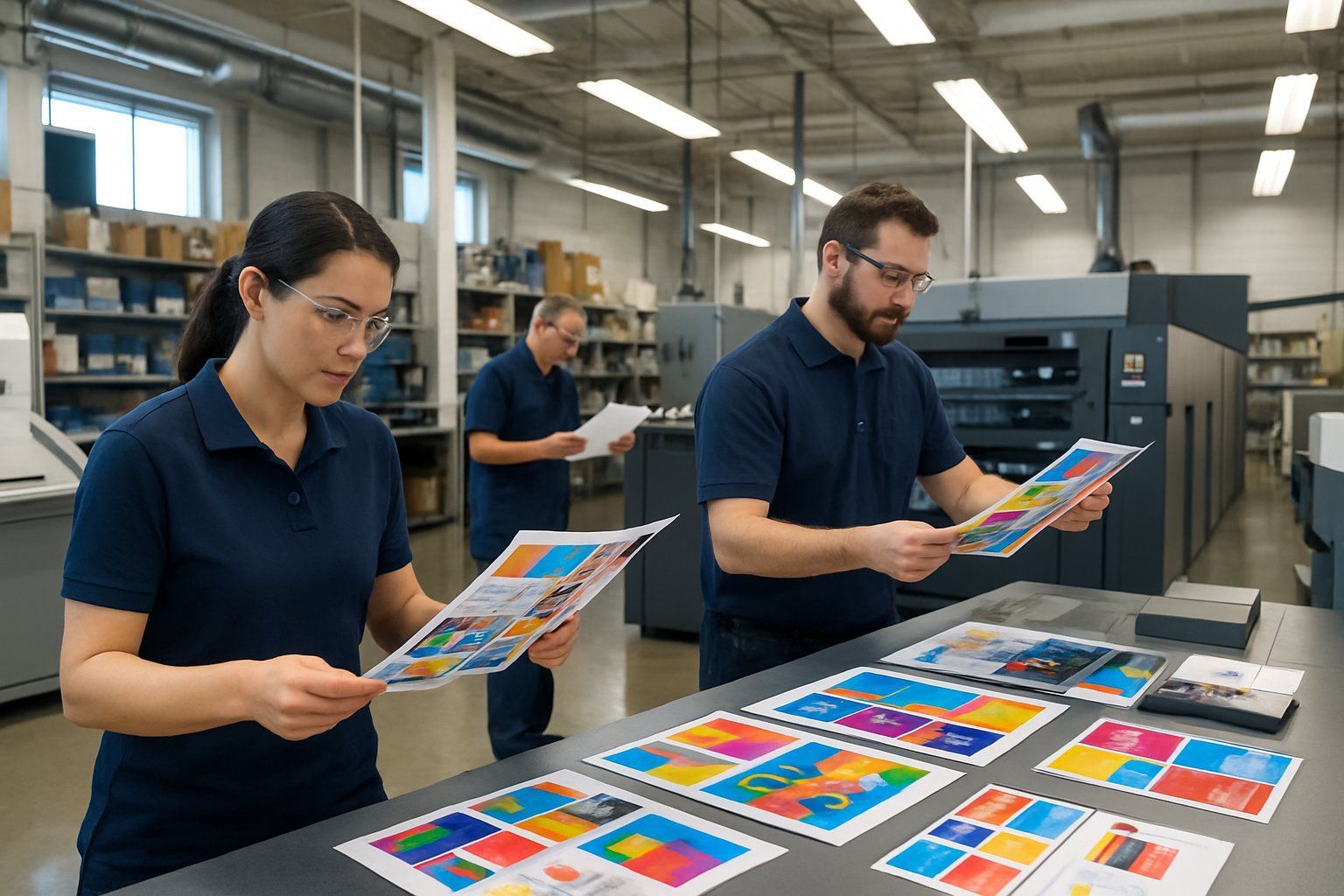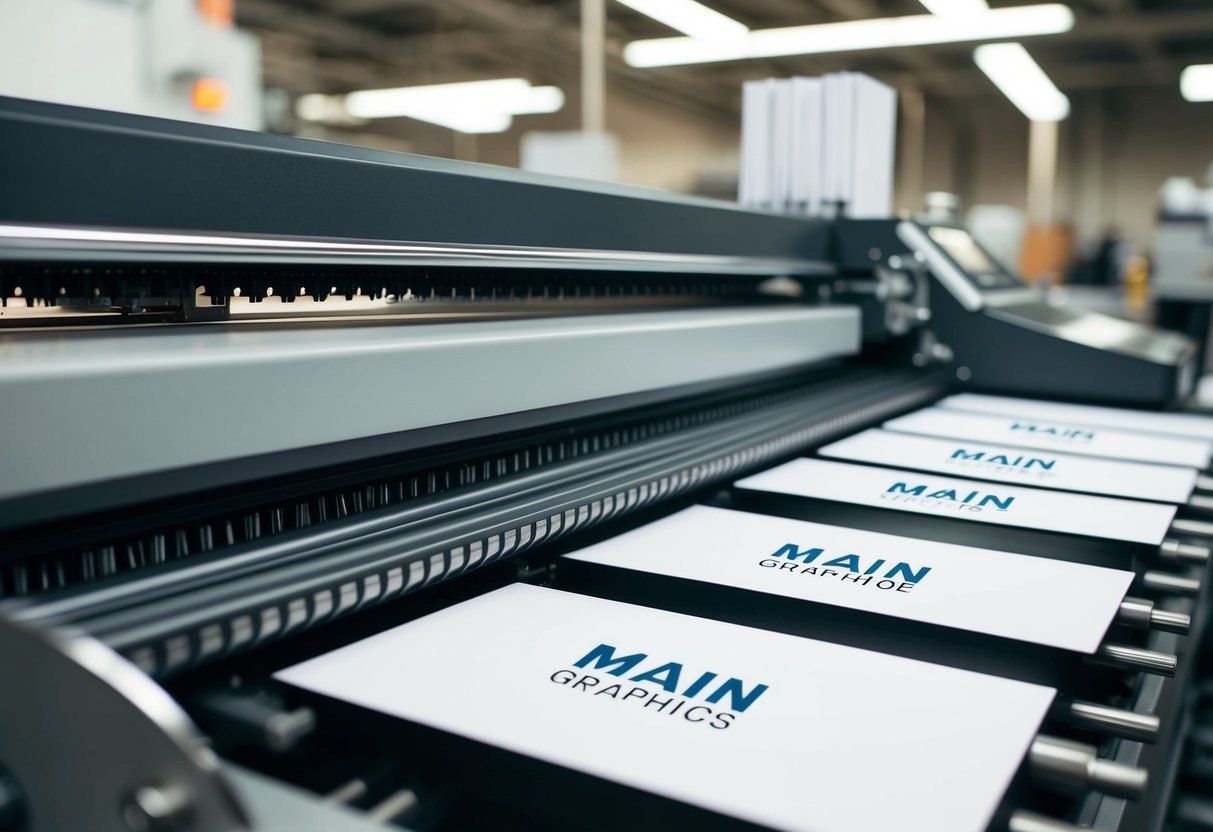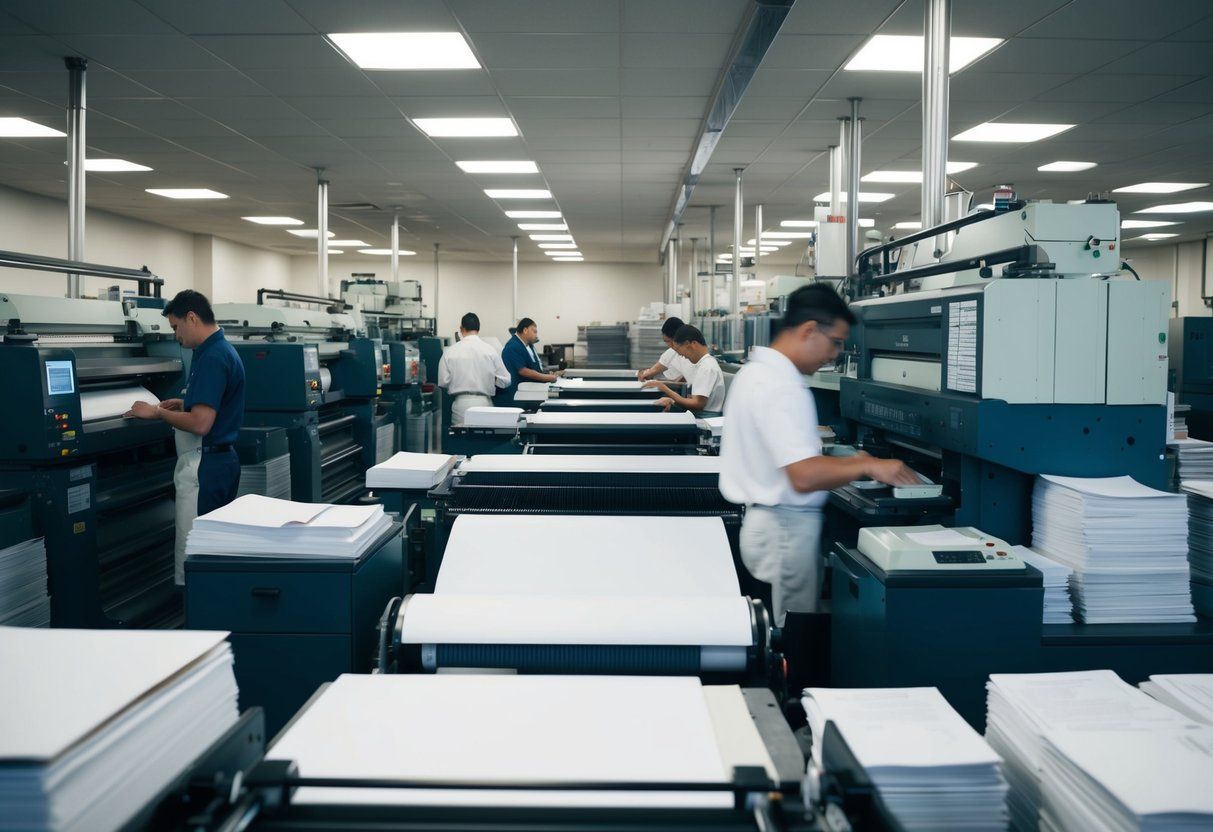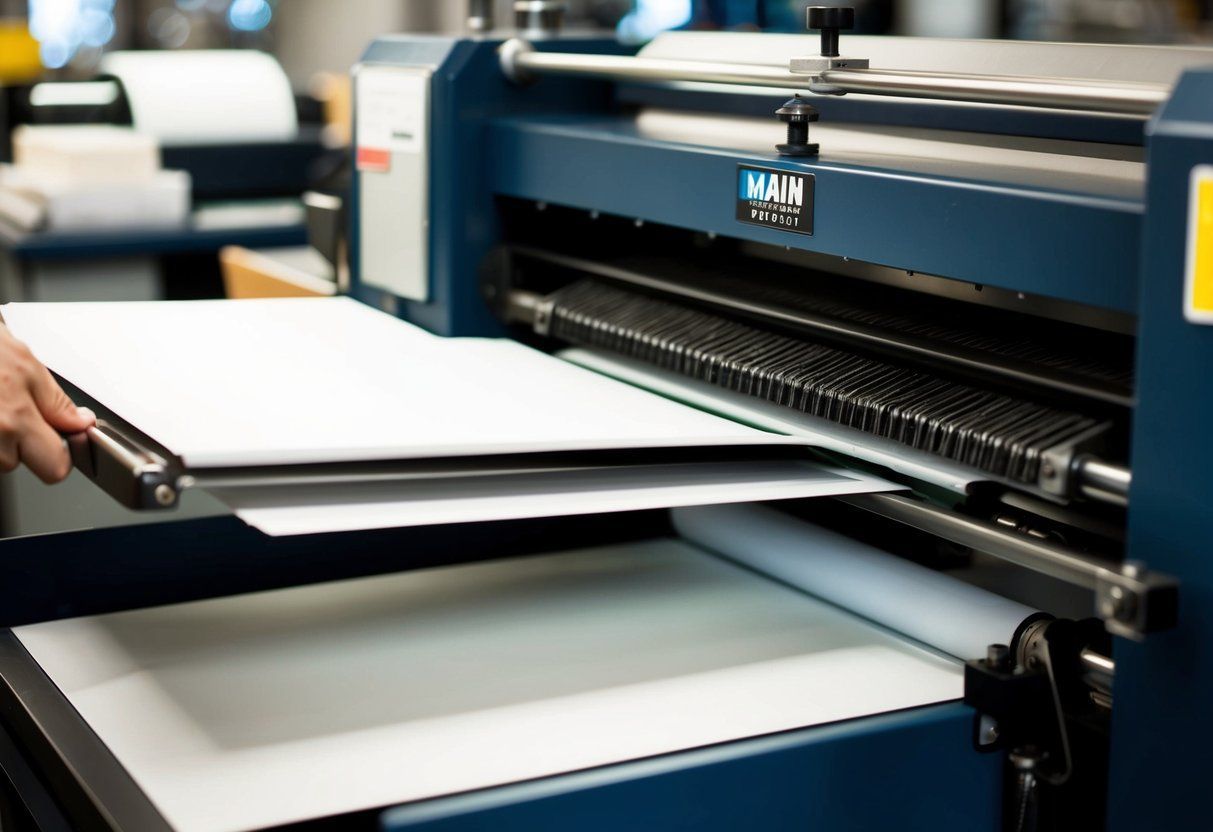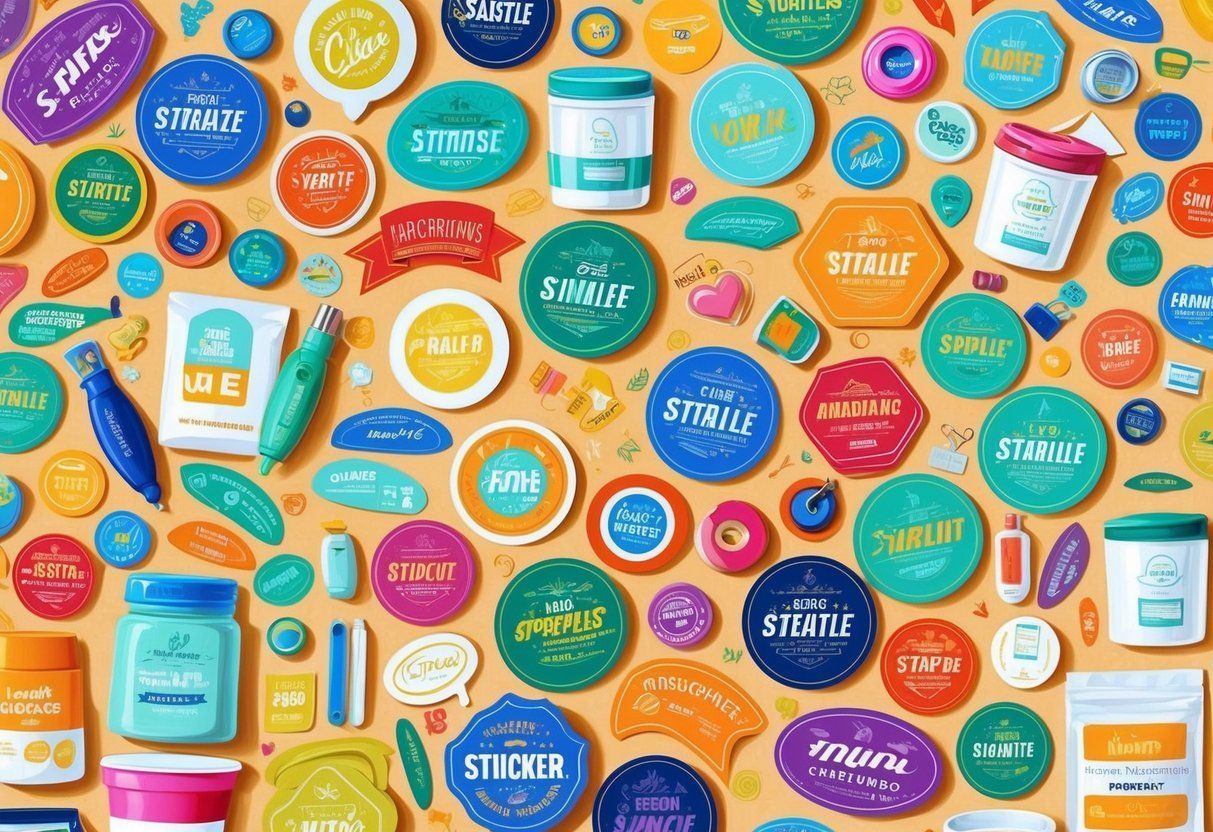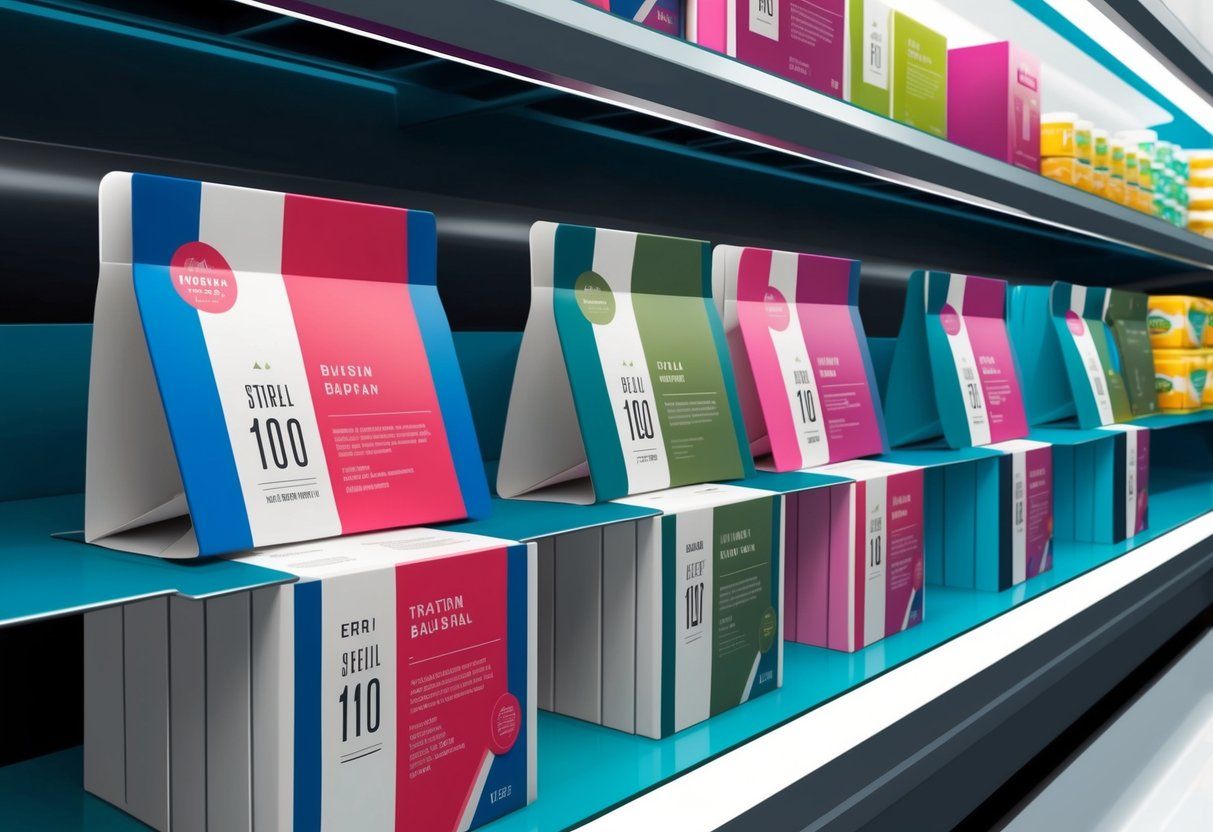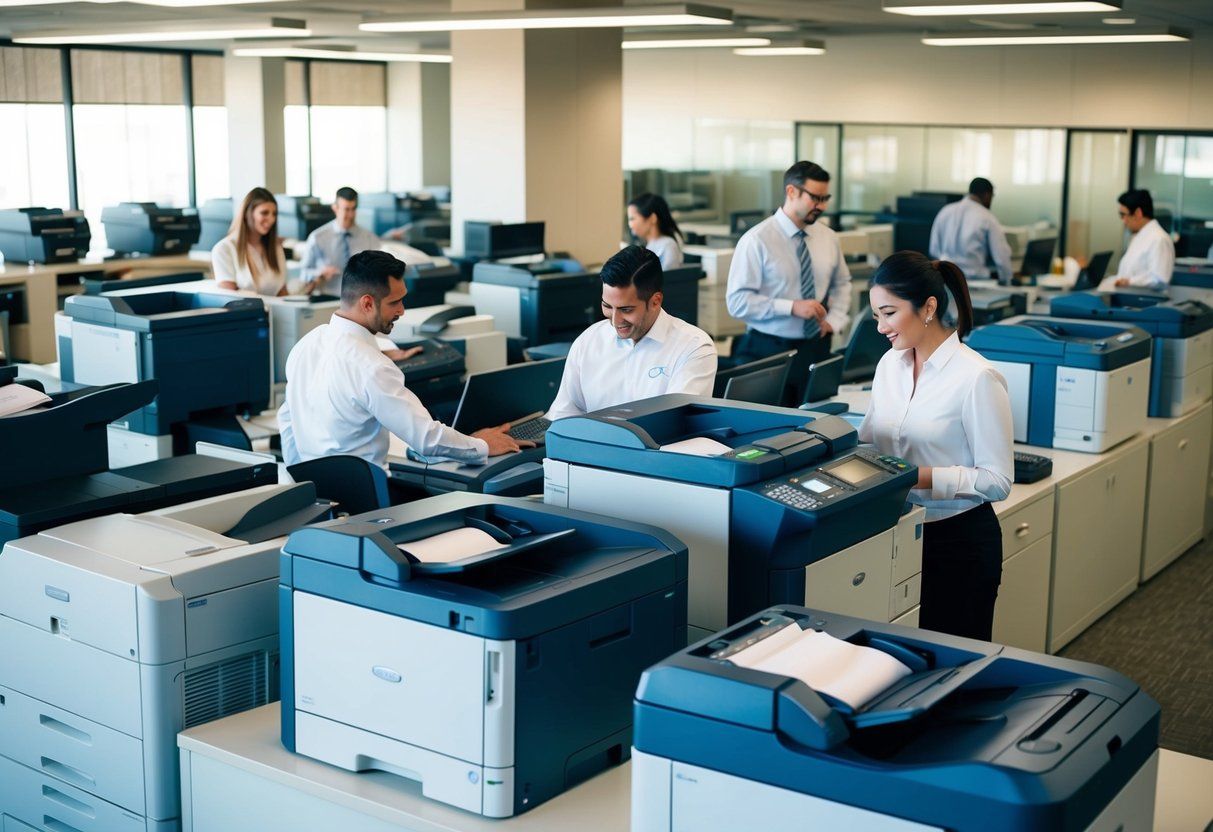Small Business Branding: Tips for Effective Print Materials
Small businesses often struggle with creating effective print materials that accurately represent their brand. However, branding is crucial for small businesses to stand out in a crowded market and create a loyal customer base. Effective print materials can help small businesses achieve this goal.
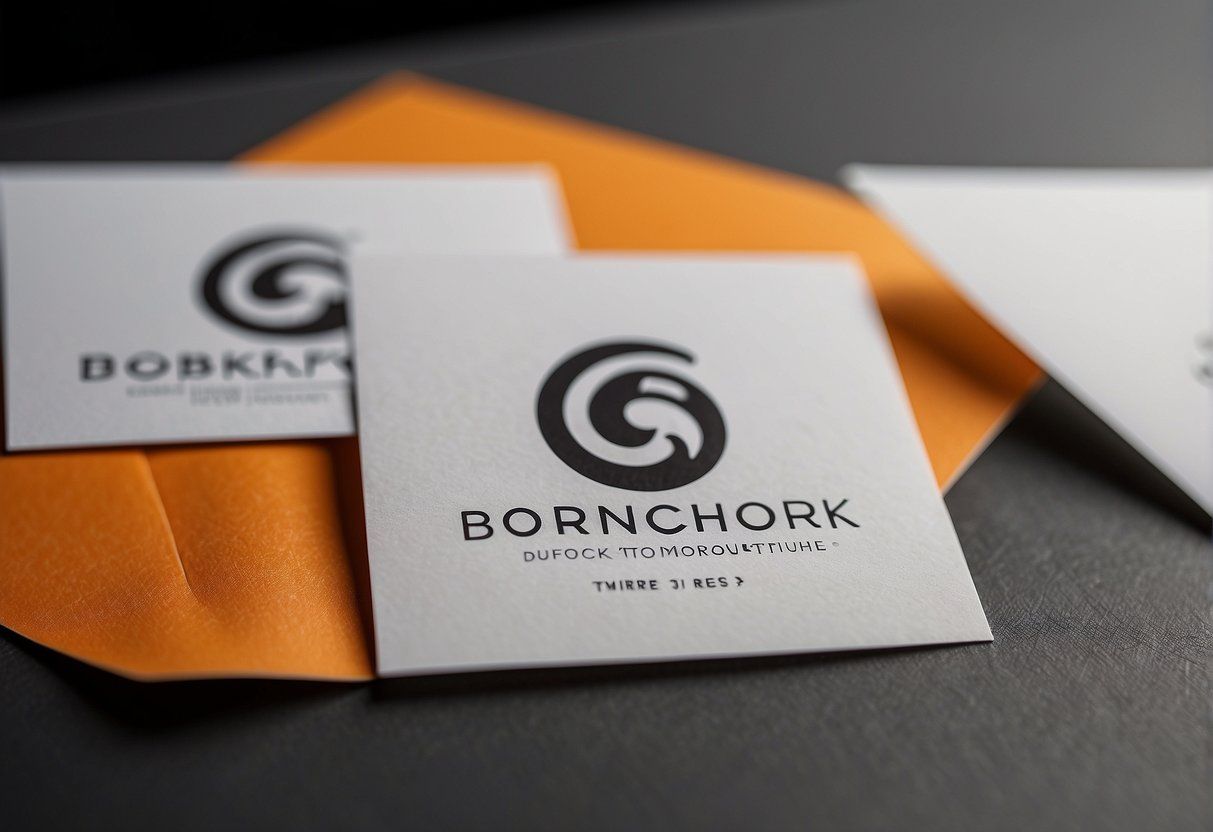
Creating effective print materials involves more than just designing a visually appealing brochure or flyer. It requires understanding the brand’s identity and values and communicating them through the design and messaging. The print materials should also be consistent with the brand’s overall marketing strategy and target audience.
Small businesses can benefit greatly from investing time and resources into creating effective print materials. Not only do they help establish a strong brand identity, but they also provide a tangible way for customers to connect with the brand. In the following sections, we will explore some key tips for small businesses to consider when creating effective print materials for their branding efforts.
Understanding Your Brand and Audience

Developing a Brand Identity
Before creating any print materials, it’s important to have a clear understanding of your brand identity. Your brand identity includes your company’s values, mission, and personality. It’s the foundation of your brand and should be reflected in all of your print materials.
To develop a brand identity, start by defining your company’s values and mission. What does your company stand for? What do you want to achieve? Once you have a clear understanding of your values and mission, you can start to develop your brand personality. This includes the tone of voice you use in your messaging, the colors and fonts you use in your designs, and the overall look and feel of your brand.
It’s important to be consistent with your brand identity across all of your print materials. This will help to build brand recognition and establish trust with your audience.
Identifying Your Target Audience
To create effective print materials, you need to know who your target audience is. Your target audience is the group of people who are most likely to be interested in your products or services. By understanding their needs and preferences, you can create print materials that resonate with them.
Start by creating a persona for your ideal customer. This includes demographic information such as age, gender, and income, as well as psychographic information such as interests and values. Once you have a clear understanding of your target audience, you can start to tailor your print materials to their needs and preferences.
It’s important to keep your target audience in mind when creating print materials. This includes the messaging, design, and distribution channels you use. By creating print materials that speak directly to your target audience, you can increase the effectiveness of your marketing efforts.
Designing Your Print Materials
When it comes to creating effective print materials for your small business, design is a critical factor that cannot be overlooked. Your print materials should be visually appealing, easy to read, and convey your brand message effectively. Here are some key design elements to consider when designing your print materials:
Key Design Elements
The key design elements that you should consider when designing your print materials include layout, typography, and color. The layout of your print materials should be clean and easy to navigate, with a clear hierarchy of information. Typography is also important, as it can help convey the tone and personality of your brand. Finally, color is a critical element that can help evoke emotions and create a sense of brand identity.
Choosing the Right Colors and Fonts
When choosing the right colors and fonts for your print materials, it’s important to consider your brand identity and the message you want to convey. Your color palette should be consistent across all of your print materials, and should reflect your brand’s personality and values. Similarly, your font choices should be consistent and easy to read, with a clear hierarchy of information.
Incorporating High-Quality Images and Logos
Incorporating high-quality images and logos into your print materials can help create a sense of professionalism and credibility. Your images should be relevant to your brand and message, and should be high-quality and visually appealing. Similarly, your logo should be prominently displayed on all of your print materials, and should be consistent with your overall brand identity.
By considering these key design elements, you can create effective print materials that convey your brand message and help you stand out from the competition. Whether you’re designing business cards , brochures, or flyers , the right design can make all the difference in capturing the attention of your target audience.
Types of Print Marketing Materials
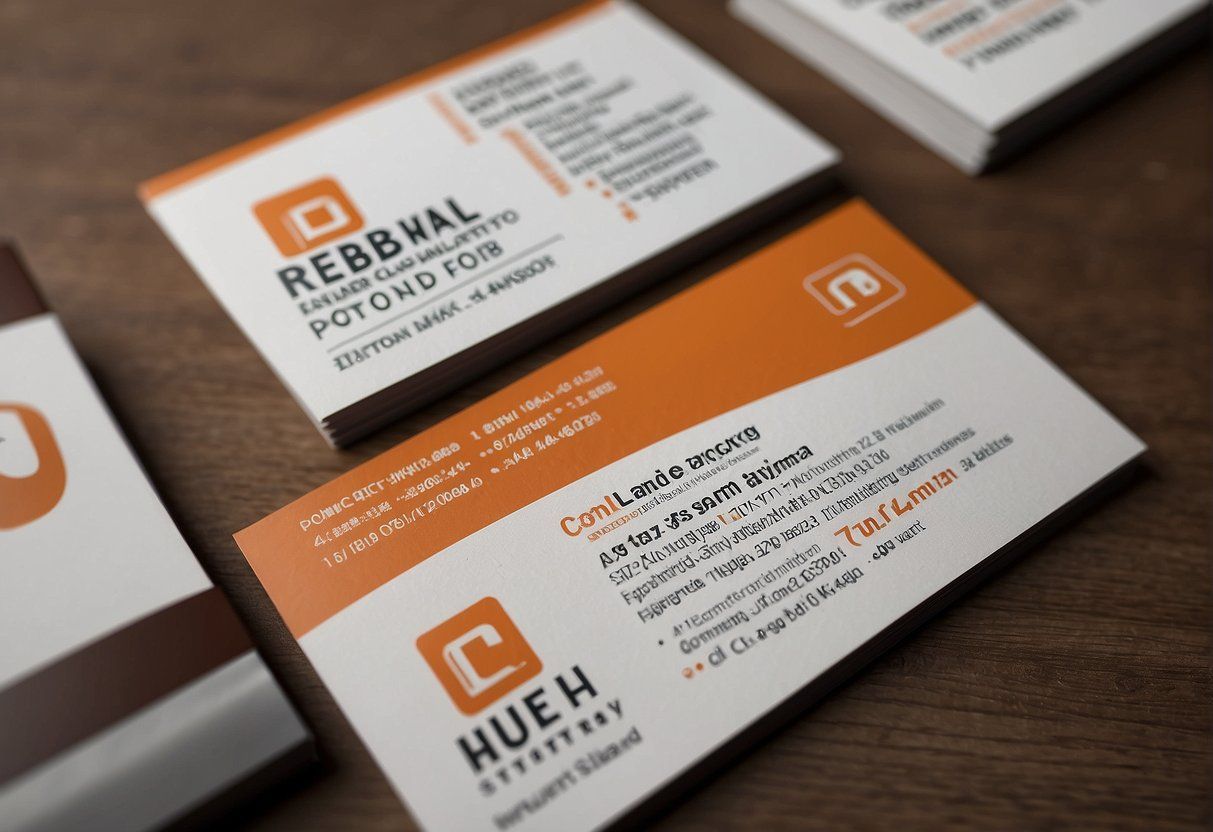
Print marketing materials are essential for small businesses to establish their brand identity and promote their products or services. There are various types of print marketing materials that businesses can use to communicate their message to their target audience.
Business Cards and Stationery
Business cards and stationery are the most basic print marketing materials that every small business should have. Business cards are an effective way to introduce a business to potential clients or customers. They should include the business name, logo, contact information, and a tagline if possible. Stationery includes letterheads, envelopes, and notepads that businesses use for official correspondence. They should include the same branding elements as the business cards.
Brochures, Flyers, and Postcards
Brochures, flyers, and postcards are effective print marketing materials for promoting products or services. Brochures are multi-page documents that provide detailed information about a business and its offerings. Flyers are single-page documents that are used to promote a specific product or service. Postcards are smaller than flyers and are typically used for direct mail marketing campaigns.
Catalogs, Packaging, and Promotional Items
Catalogs, packaging, and promotional items are print marketing materials that are used to create a lasting impression on customers. Catalogs are multi-page documents that are used to showcase a business’s products or services. Packaging includes boxes, bags, and labels that are used to package products. Promotional items include items like pens, mugs, and t-shirts that are branded with a business’s logo and used as giveaways or gifts.
In conclusion, small businesses can use various types of print marketing materials to create a strong brand identity and promote their products or services. Each type of print material serves a different purpose and should be designed to effectively communicate the desired message to the target audience.
Integrating Print and Digital Marketing
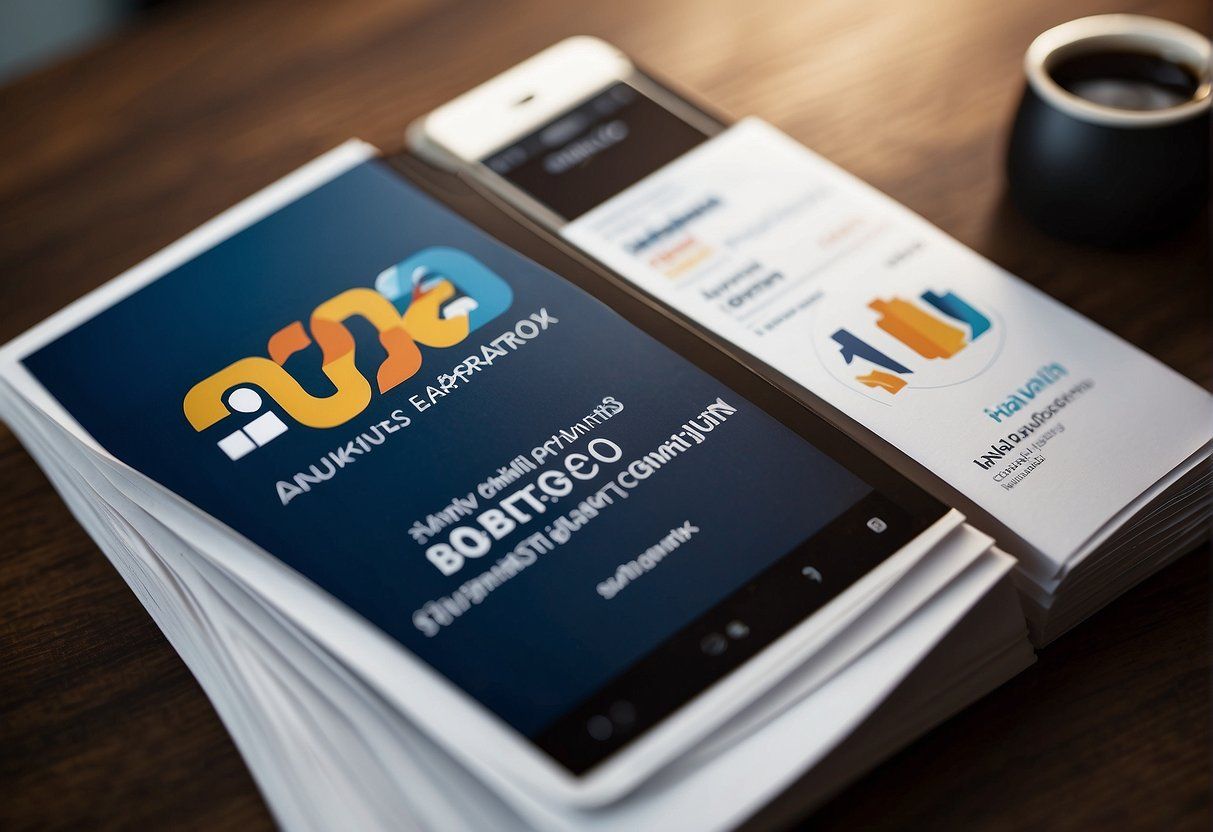
Small businesses often face the challenge of creating an effective marketing strategy that includes both print and digital materials. By integrating print and digital marketing efforts, businesses can increase their brand awareness and reach a wider audience.
Creating a Cohesive Marketing Strategy
To create a cohesive marketing strategy, businesses should ensure that their print and digital materials are consistent in design, messaging, and branding. This means using the same color scheme, typography, and logo across all materials.
Businesses should also ensure that their website and online ads reflect the same messaging and branding as their print materials. This creates a cohesive experience for customers and reinforces the brand’s identity.
Leveraging QR Codes and Online Information
QR codes can be a powerful tool for integrating print and digital marketing efforts. By including a QR code on print materials, businesses can direct customers to their website or social media pages. This allows customers to easily access additional information about the brand and engage with the business online.
Online information can also be leveraged in print materials. For example, businesses can include customer reviews or testimonials on their print materials to reinforce their brand’s credibility and reputation.
By integrating print and digital marketing efforts, small businesses can create a cohesive and effective marketing strategy. By leveraging QR codes and online information, businesses can increase engagement and reach a wider audience.
Measuring Success and Maintaining Brand Consistency
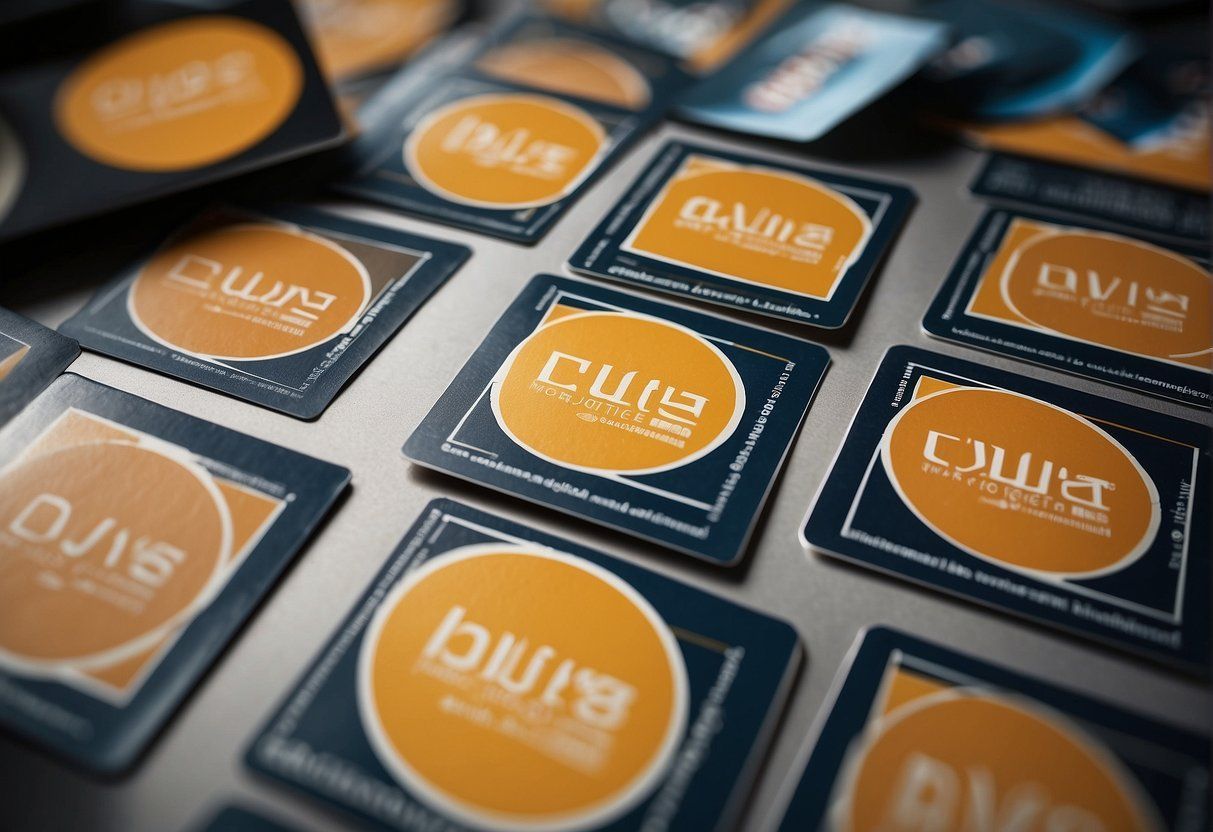
Small businesses invest a lot of time, effort, and resources into creating effective print materials that align with their brand messaging. However, it is crucial to measure the success of these materials to ensure that they are making an impact and driving engagement and sales. Additionally, maintaining consistent brand messaging across all print materials is essential to establish a strong brand presence in the market.
Tracking Engagement and Sales
Measuring the success of print materials can be challenging, but it is necessary to determine the effectiveness of marketing campaigns. One way to track engagement is by including unique URLs or QR codes on print materials that lead to specific landing pages. This will help businesses analyze the traffic and conversion rates of these pages to measure the success of their print materials.
Similarly, tracking sales is crucial to determine the ROI of print materials. Businesses can use unique discount codes or promo codes on print materials to track the number of sales generated from these materials. This will help businesses identify the most effective print materials and make informed decisions about future marketing campaigns.
Ensuring Consistent Brand Messaging
Consistent brand messaging is essential to establish a strong brand presence in the market. Small businesses should ensure that all print materials, including business cards, brochures, flyers, and posters , have consistent messaging and design elements. This will help establish brand recognition and make it easier for customers to identify and connect with the brand.
To maintain consistent messaging, businesses should create brand guidelines that outline the design elements, messaging, and tone of voice to be used across all print materials. These guidelines should be shared with all team members and external vendors to ensure that all print materials align with the brand’s messaging.
In conclusion, measuring the success of print materials and maintaining consistent brand messaging are crucial for small businesses to establish a strong brand presence in the market. By tracking engagement and sales and creating brand guidelines, businesses can make informed decisions about their marketing campaigns and establish a recognizable brand in the market.
Frequently Asked Questions

What essential print materials should a small business use for branding?
Small businesses should use a variety of print materials for branding, including business cards, brochures, flyers, and banners. Business cards are essential for networking and creating a professional image. Brochures and flyers are great for providing detailed information about products and services. Banners are useful for events and promotions.
How can promotional print materials effectively enhance brand visibility?
Promotional print materials can effectively enhance brand visibility by incorporating the company’s logo, colors, and messaging. They should be eye-catching and memorable, so that potential customers will remember the brand. Promotional materials can also be distributed at events, trade shows, and other venues to increase brand exposure.
What are the key design principles for creating impactful marketing materials?
The key design principles for creating impactful marketing materials include simplicity, consistency, and visual appeal. The design should be simple and easy to understand, with a consistent look and feel across all materials. Visual appeal is also important, with high-quality images and graphics that grab the viewer’s attention.
How does print media compare to digital media in small business marketing?
Print media and digital media both have their advantages and disadvantages in small business marketing. Print media is tangible and can be more memorable, while digital media is more versatile and can reach a wider audience. Small businesses should consider their target audience and marketing goals when deciding which media to use.
What strategies can small businesses employ to distribute print materials cost-effectively?
Small businesses can employ several strategies to distribute print materials cost-effectively, including targeting specific locations and events, partnering with other businesses, and using direct mail. They should also consider using online printing services, which can offer lower costs and faster turnaround times.
How can small businesses measure the success of their print marketing campaigns?
Small businesses can measure the success of their print marketing campaigns by tracking metrics such as response rates, sales, and customer feedback. They should also set specific goals and objectives for each campaign, and adjust their strategies based on the results.…
